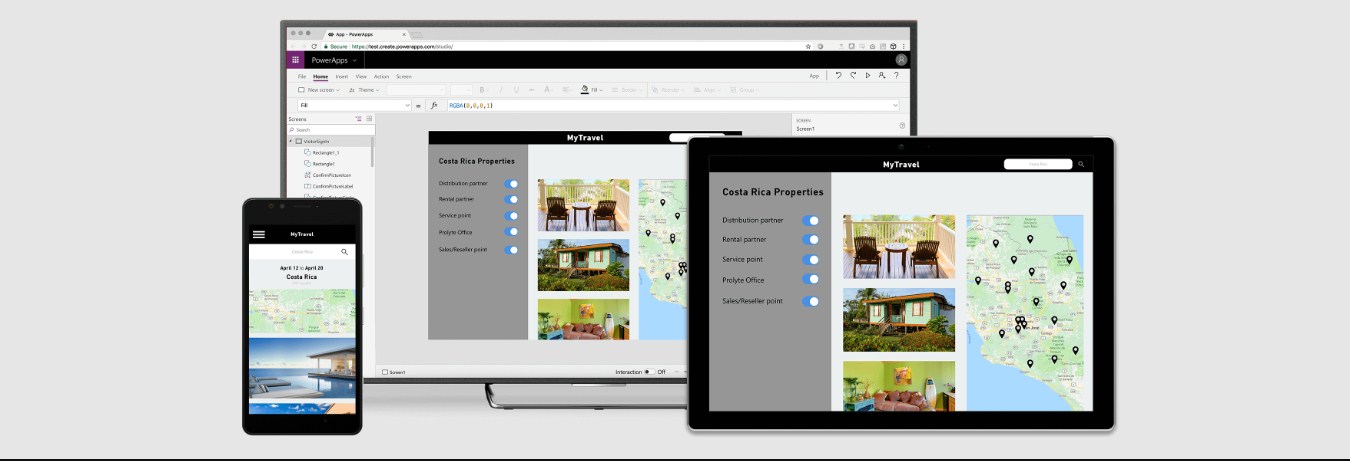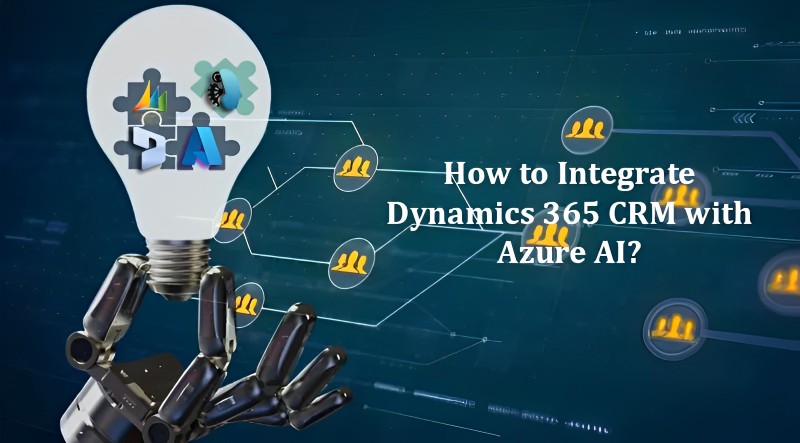Looking to improve your CRM platform with high-quality plugins and integrations? Look no further!
These tools can make things easier, help you work faster, and make customers happier.
Best 5 Plugins & Integrations for CRM Platform
1) ClickDimensions
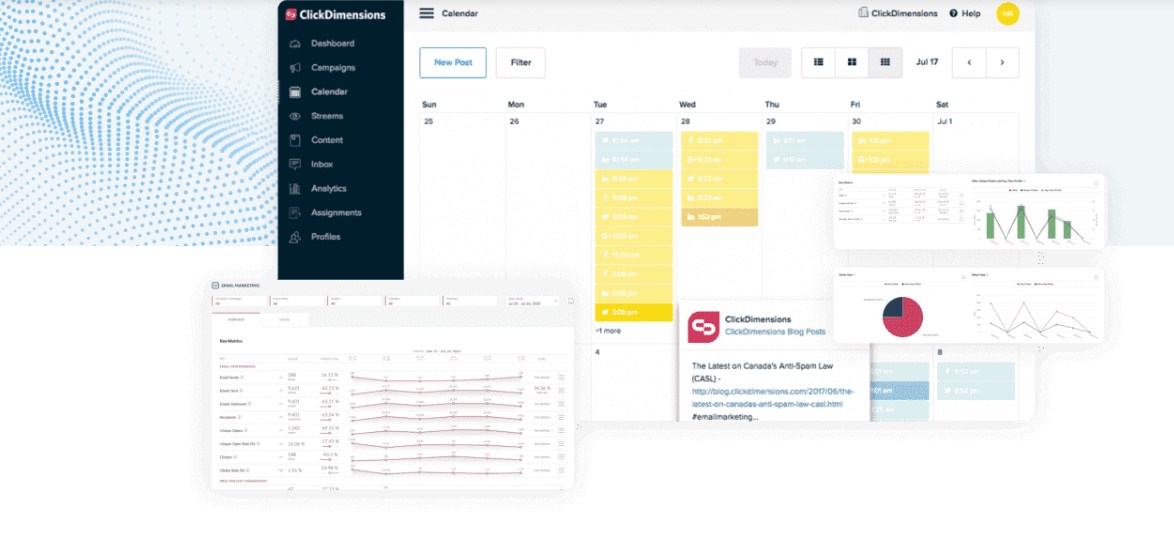
Image source – clickdimensions.com
ClickDimensions a popular marketing solution for Dynamics 365 users integrates several CRM activities, such as email marketing, web page building, form creation, and web data gathering.
Email Marketing
ClickDimensions offers powerful email marketing tools. Marketers can develop and distribute email campaigns, use extensive segmentation capabilities, track openings and clicks, track engagement, and much more.
Emails can be tailored and connected to Dynamics 365.
Marketers utilize a drag-and-drop email editor to create visually appealing, customized emails without the need to code.
ClickDimensions allows you to create drip campaigns, lead cultivation patterns and complicated multi-touch campaigns that are personalized to each subscriber’s preferences and behaviors.
When you hire Dynamics CRM developers, you’re gaining access to a team of professionals dedicated to enhancing your CRM platform.
Web Intelligence
ClickDimensions enables web traffic analytics directly within Dynamics 365.
Marketers can see which sites and campaigns drive traffic and leads. They can track online engagement to optimize conversion funnels.
By connecting web intelligence to Dynamics 365, marketers gain a complete view of prospects from initial website visits to close.
This helps identify high-value search keywords and sites, as well as problems in the conversion funnel.
Landing Pages & Forms
Create customized landing pages and forms to capture leads from your website directly into Dynamics 365.
No need for manual data entry or following up with prospects. Well-designed landing pages and lead conversion forms make it easy for prospects to convert.
Form fields can be automatically mapped into Dynamics 365 for instant lead capture. Pages are mobile-friendly and integrate seamlessly with email campaigns.
Surveys
Surveys provide a lightweight way to gain prospect insights and feedback pre-sale.
Post-sale surveys can help uncover drivers of satisfaction, challenges, and opportunities. Survey data becomes actionable when synced to CRM.
CRM Integrations
Seamlessly integrate email campaigns, landing page results, web analytics, and other ClickDimensions data into Dynamics 365. Build workflows between the two platforms.
A unified view within CRM provides greater context for sales and marketing.
Workflows can automatically update CRM records based on behaviors in ClickDimensions. No manual data consolidation is needed.
Customization Options
For developers, ClickDimensions offers extensive customization options including webhooks, REST APIs, and JavaScript embedding. This allows for adding specialized functionality.
Developers can leverage ClickDimensions APIs and webhooks to build custom integrations, pass data between platforms, launch workflows, and more.
JavaScript embedding enables adding ClickDimensions forms or other elements anywhere on your site.
With its deep integration and customization capabilities, ClickDimensions enables Dynamics 365 developers to deliver sophisticated, customized marketing automation solutions to meet specific client needs.
2) Scribe Online Integration
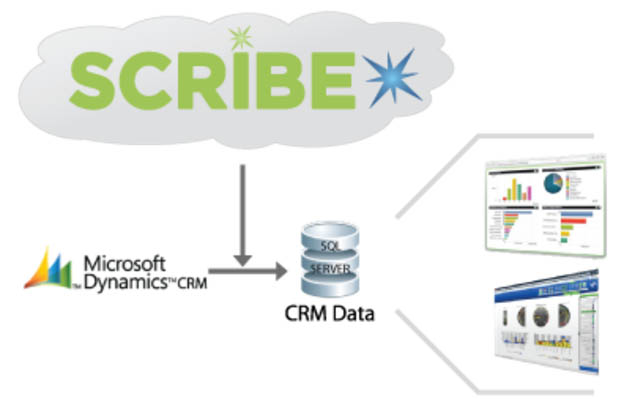
Image Source – msdynamicsworld.com
Scribe provides quick, simplified integration between Dynamics 365 and a vast range of other platforms including:
CRM and ERP Systems
Scribe can integrate Dynamics 365 with other CRMs and ERPs like Salesforce, SAP, Oracle ERP, Dynamics GP, and more. This enables consolidated data and processes across platforms.
Scribe offers prebuilt connectors that handle much of the complex mapping and configuration automatically.
This simplifies linking sales and customer data between CRM and ERP solutions.
Companies that hire Dynamics CRM developers often see a significant improvement in their CRM capabilities.
Marketing Applications
Lead and activity data flows between systems, providing a unified view.
Marketing contacts and campaign responses can be synchronized into Dynamics 365 for follow-up.
CRM data can flow to marketing apps for segmentation and targeting.
E-commerce Systems
Incorporating Dynamics 365 with an e-commerce platform creates a single view of client data across channels.
Orders, customer profiles, and other data can flow between e-commerce storefronts and Dynamics 365.
This enables personalized cross-channel experiences. Support teams also gain visibility into orders and customer history within CRM.
Accounting Systems
Sync Dynamics 365 to various accounting systems. This streamlines financial workflows. Invoices, payments, accounts, and other financial data can move between Dynamics 365 and accounting platforms. This reduces manual entry and reconciliation work. Sales teams gain visibility into AR and payments within CRM.
Custom Applications and Services
For proprietary apps, web services, data sources, and more, Scribe can build custom integrations to connect them to Dynamics 365.
The Scribe platform provides tools to integrate Dynamics 365 with custom-built or niche applications.
Data models can be mapped, business logic applied, and APIs leveraged to enable end-to-end workflows.
With its library of pre-built connectors and ability to customize integrations, Scribe Online enables Dynamics 365 developers to seamlessly integrate CRM with other key business systems. This creates robust, end-to-end solutions for clients.
3) Power BI

Image Source – https://www.biinsight.com/
Power BI makes it easy for Dynamics 365 developers to build powerful analytics solutions through its seamless integration.
Interactive Reports and Dashboards
Developers can leverage Power BI to create rich, interactive reports and dashboards surfaced within Dynamics 365.
These provide data insights that aid decision-making.
Reports can be embedded directly into CRM with live preview and filtering capabilities. Charts, gauges, and graphs make data visualization intuitive.
Unified View
Power BI enables holistic analytics. Rather than siloed reporting, Power BI creates a unified view across sales, finance, production, and other systems. This reveals cross-departmental insights.
Role-based Design
Developers can create Power BI reports and dashboards suited to certain jobs within an organization, such as sales, marketing, and service. Data visibility is customizable and tailored to each user’s function. Marketers see marketing data, whereas salespeople see revenue growth and pipeline information.
Embedded Experiences
Embed Power BI visualizations directly into Dynamics 365 forms, views, and pages to surface insights where they’re needed most.
Charts can be shown within the normal CRM interface for easy access. Users don’t have to switch between applications.
Power BI Mobile Apps
Use Power BI applications for iOS and Android to perform analytics while on the go with Dynamics 365.
With mobile access, you can make data-driven choices at any time and from any location.
Users can use their phones to track sales performance, service issues, and other key data.
Developers can utilize Power BI to provide analytics that enable Dynamics 365 users to discover crucial insights that influence performance.
4) Power Apps
Rapid Application Development
To quickly create bespoke Dynamics 365 apps, use drag-and-drop tools and a powerful connector library.
Apps can be constructed without requiring considerable coding, resulting in faster development. Connectors make it simple to get information from Dynamics 365 and other sources.
Multi-Platform Options
Create web, iOS, Android, and Windows applications and forms that are optimized for every device or screen.
Power Apps produces cross-platform apps, allowing a single app to reach people on multiple devices. Responsive design ensures that apps work well on mobile devices and small screens.
Connected Experiences
Create apps that integrate data and workflows from Dynamics 365, Excel, Teams, SharePoint, and other Microsoft cloud services.
Apps can combine data from numerous platforms into a single, easy-to-use interface geared to a specific job or procedure.
Low-Code Capabilities
Enable citizen developers through the low-code/no-code options in Power Apps. This reduces the workload for pro devs.
With little to no coding experience needed, subject matter experts can build and customize their apps. This frees up pro developers’ schedules.
UI Customization
Tailor user experiences like app navigation, branding, controls, command buttons, and more.
The app interface is configurable to match company branding or usability needs. This enables personalized, intuitive experiences.
Common Data Service
Leverage the Common Data Service to simplify data integration from various sources into apps.
A consistent data schema maps and syncs data to/from Dynamics 365 and other systems like Office 365, Azure, or on-prem databases.
Power Apps empowers developers to rapidly deliver custom Dynamics 365 apps that boost productivity and unlock unique capabilities.
Offline Access
Enable mobile workers to access and edit data even when offline.
Local data is synced back to Dynamics 365 when the connection is restored. This allows field workers, remote salespeople, and others to stay productive.
Power Automate Integration
Create flows that connect Power Apps to Microsoft Power Automate. Automate processes by initiating flows based on app actions.
Transfer data from the app to Dynamics 365, Office 365, or another service.
AI Builder’s Capabilities and Governance & Security
Incorporate AI Builder’s prebuilt AI models into your apps to recognize photos, analyze language, and more. Increase intellect without coding.
Manage access, restrict actions, define data policies, enable auditing, and assure compliance. Power Apps enable the governance required for enterprise applications.
Power Apps enables developers to quickly create custom Dynamics 365 apps that increase productivity and unlock new capabilities.
Common Data Service
Leverage the Common Data Service to simplify data integration from various sources into apps.
A consistent data schema maps and syncs data to/from Dynamics 365 and other systems like Office 365, Azure, or on-prem databases. Apps easily consolidate data from multiple places into unified views and workflows.
Model-Driven Application Development
Power Apps’ model-driven development tools help you build apps faster.
Model-driven applications automatically construct user interfaces and forms based on data model metadata.
Drag and drop columns onto auto-generated forms and displays. Customize with themes. Code is being produced in the background. Apps come together faster.
5) Azure Cloud Services
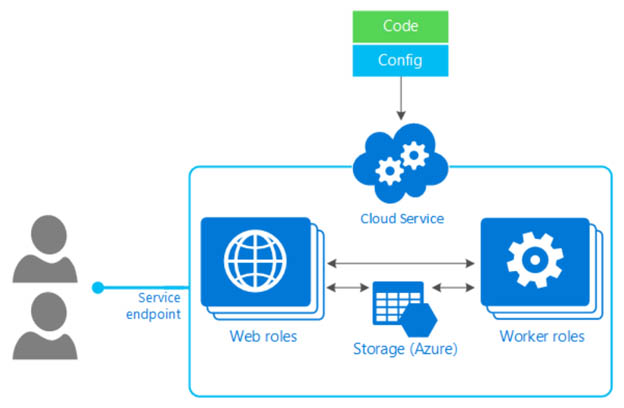
Image Source – https://learn.microsoft.com/en-us/
Microsoft Azure’s extensive portfolio of cloud services offers countless ways to enhance Dynamics 365.
Azure Bots and Azure Functions
Create AI-powered chatbots that interact smoothly with Dynamics 365 and its users. Streamline procedures by automating typical requests, workflows, and customer service requirements.
Bots use natural language processing and machine learning to simulate human-like conversations.
Create codeless integrations and processes between Dynamics 365 and other apps/data sources by leveraging Azure serverless functions.
Functions make it easier to construct backend logic that connects Dynamics 365 to other systems. Run scripts depending on events such as CRM data changes.
Azure Logic Applications
Azure Logic Apps automates multiple-step processes in Dynamics 365, CRM, ERPs, and datasets. Logic Apps enable sophisticated workflows that involve several systems and services.
Extract data from Dynamics 365, change or analyze it, and then import it into another app or database.
Azure Cognitive Services
Integrate services such as text and speech analytics to provide next-generation conversational AI capabilities.
Cognitive Services incorporates natural language processing, machine learning, and AI technologies with Dynamics 365 apps via Azure. Add intelligent chatbots, and analyze unstructured data.
Azure Machine Learning
Use machine learning and artificial intelligence capabilities to extract insights from Dynamics 365 data.
Identify trends, forecast outcomes, and make suggestions using previous data patterns. Create and train ML models using simple drop tools, and finally incorporate them into Dynamics 365.
Azure Data Factory
Improve data integration by transporting information between Dynamics 365 and Azure data factory consulting services like data lakes.
Data Factory makes it simple to move data from Dynamics 365 to Azure for reporting and evaluation.
Automate and schedule data loads. Cleanse and transform along the way.
Azure has become an innovation engine for Dynamics 365 developers, enabling them to build intelligent, modern solutions on top of CRM.
Azure Active Directory
Manage user identities and access control for Dynamics 365 through Azure Active Directory integration. Control authentication and authorization to CRM based on Azure AD user/group policies.
Azure DevOps Services and Azure API Management
Implement continuous integration and delivery for Dynamics 365 projects using Azure DevOps. Manage agile planning, source code, testing, builds, and deployments in one place.
Publish and manage APIs through Azure to enable integration with Dynamics 365 data and services.
Handle security, caching, rate limiting, documentation, and more for Dynamics 365 APIs and Microservices.
Azure Kubernetes Service
Build Dynamics 365 containerized solutions that can scale using Kubernetes orchestration. Deploy and manage containers efficiently. Achieves scalability and high availability.
Azure has become an innovation engine for Dynamics 365 developers, enabling them to build intelligent, modern solutions on top of CRM.
Plugins and integrations allow developers to tailor Dynamics 365 to their customers’ specific requirements.
Solutions such as ClickDimensions, Scribe, Power Platform, and Azure consulting services offer “out-of-the-box” extensions that speed up development.
Let us know which tools you find helpful in the comments below!

